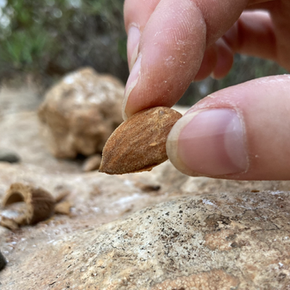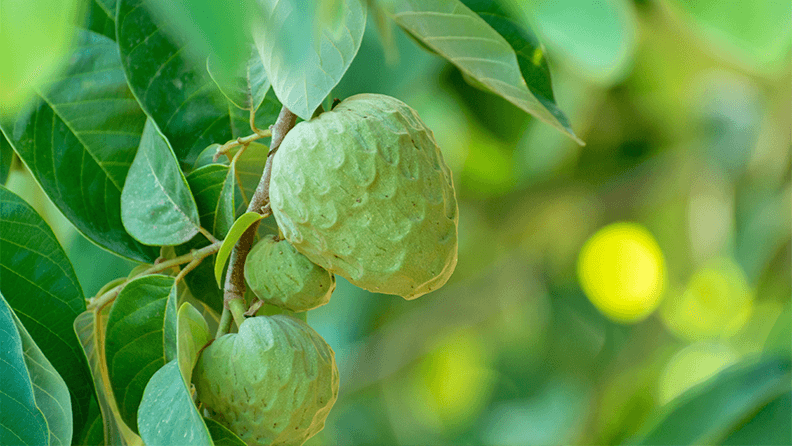almond tree
- Scarlet Allen
- Jun 30, 2023
- 3 min read
prunus dulcis

Habitats: Cultivated ground, thickets, hedges and rocky places near cultivation.
Bloom color: rose, white.
Main bloom time: january-february
Harvest time: Early fall to late winter
Growth: 3-6 meters high
Edible parts: seed raw, cooked or dried or pressed as oil.
Other uses: medicinal use, cosmetics, plant dye
Plants present at Son Selva: ca. 40
Our old almond orchard
Almond was the main crop on our land in the past. The trees have been arranged in precise rows with 9 meters apart. Unfortunately nobody has been taken care of them or at least 5 to 10 years. But they are the anchor and orientation for our new food forest. All trees that we've planted, have been added in between the rows of almonds. That's why we call them our grannies.

One of the first air pictures taken of our property back in 1987. You can clearly see the rows of almond trees.
Mallorca is known for its numerous almond trees, which delight many tourists, especially during the flowering season in January and February. They are beautiful, however I am mainly interested in the fruits that come from them and whose seeds are harvested in late summer.
It is interesting to know why there are so many almond trees in Mallorca. Probably there would not be so many there if a phylloxera plague had not brought viticulture to a standstill at the end of the 19th century. At that time, farmers were forced to look for alternatives and many of the former wine growers switched to cultivating almond trees. This type of tree had already been brought to the island by the Moors in the 10th century. Today, it is impossible to imagine Mallorca and Mallorcan cuisine without almonds. About 7000 tons of almonds are produced on the Mediterranean island every year.

In late summer, nets are spread under the trees and the loosely sitting fruits are cut off with long sticks. There are also many old almond trees on my property and I am already looking forward to the first harvest, even if it will still be a bit meager because of the lack of care given in the past years. In addition, a bacterium is ravaging numerous almond orchards. The fire bacterium (Xylella fastidiosa) prevents the roots of the tree from absorbing water. Therefore, they must die of thirst miserably.
The botanical name, prunus dulcis, reveals the almond's relationship to the plum. In fact, the almond fruits also look very similar to plums or apricots. However, the velvety hairy fruits of the almond are not eaten. Only their seeds, which are found in the kernels of the drupes. Unlike us, in Mallorca you often buy the almonds still with the core and then crack them with a wooden hammer in a beautiful, specially made, wooden bowl itself.

Medicinal use:
As well as being a tasty addition to the diet, almonds are also beneficial to the overall health of the body, being used especially in the treatment of kidney stones, gallstones and constipation. Externally, the oil is applied to dry skins and is also often used as a carrier oil in aromatherapy. The seed is demulcent, emollient, laxative, nutritive and pectoral. The seed contains 'laetrile', a substance that has also been called vitamin B17. This has been claimed to have a positive effect in the treatment of cancer, but there does not at present seem to be much evidence to support this. The leaves are used in the treatment of diabetes.
Other uses:
An oil expressed from the seeds is an excellent lubricant in delicate mechanisms such as watches. It is often used in soaps and cosmetics because it has a softening effect on the skin. A green dye can be obtained from the leaves and a dark grey to green dye can be obtained from the fruit. A yellow dye is obtained from the roots and leaves. The bruised leaves, when rubbed within any container, will remove strong odours such as garlic or cloves so long as any grease has first been fully cleaned off. A gum from the stems is used as an adhesive. The nut shells can be used as fire starters.
Source: Plants for a Future




Comments